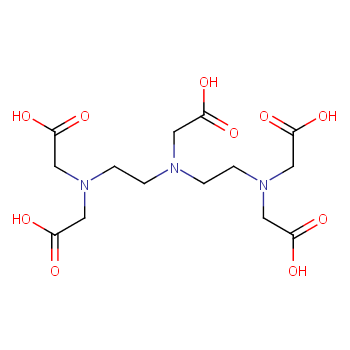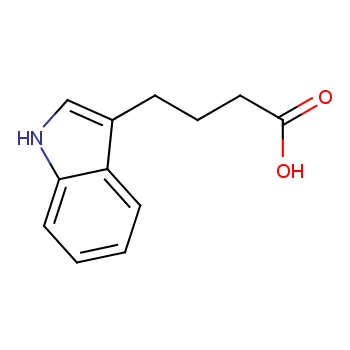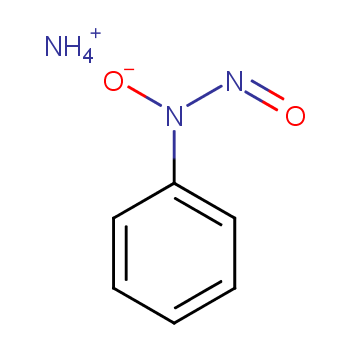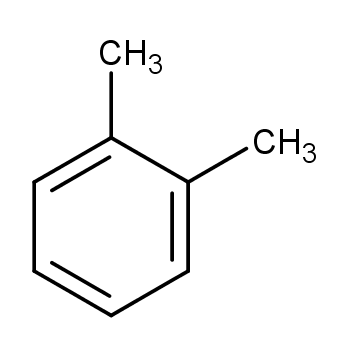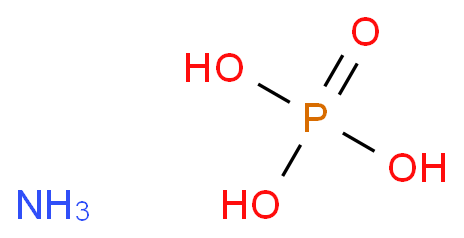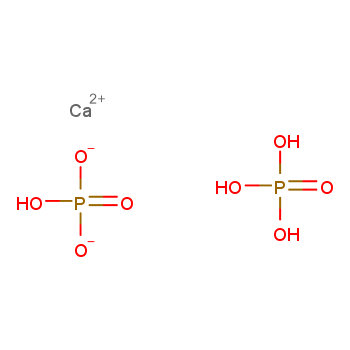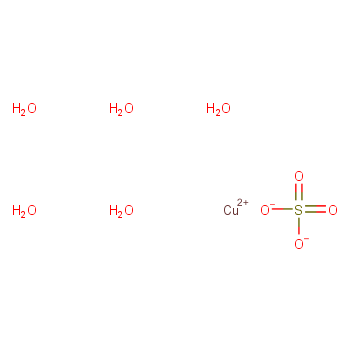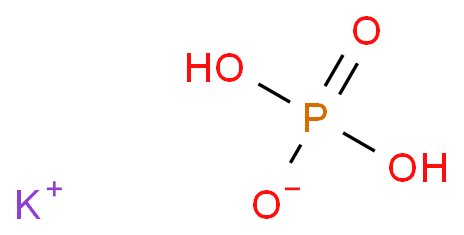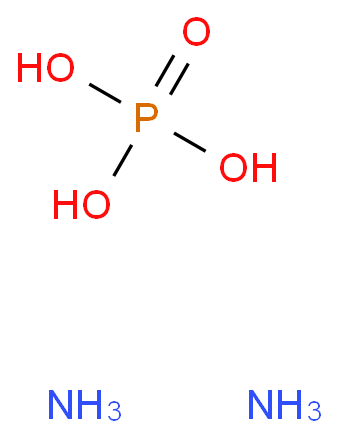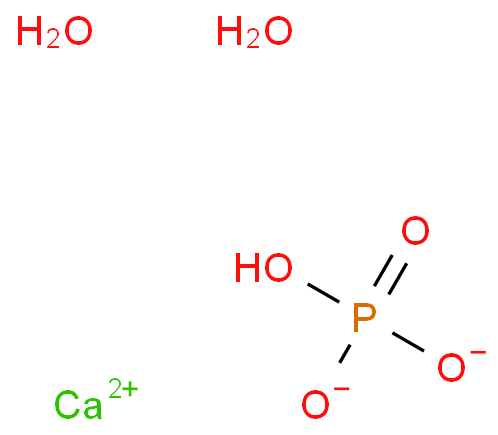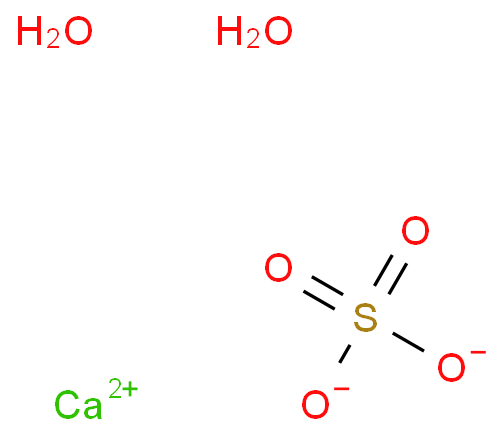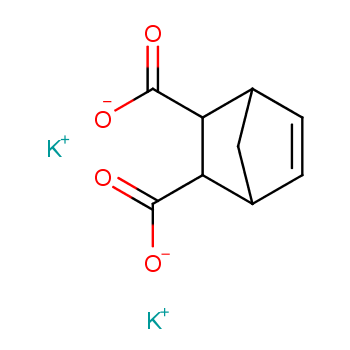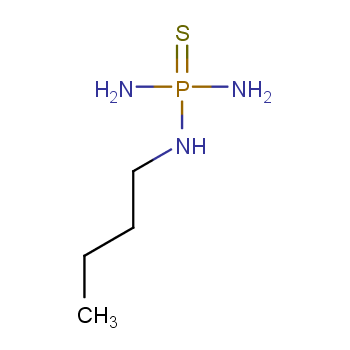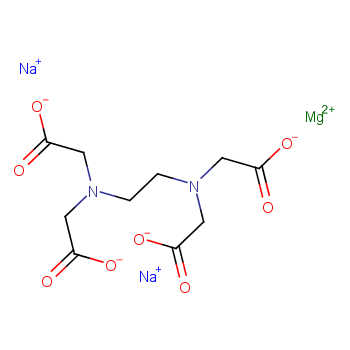Fertilizer is added to soil, plants, or crops to provide important nutrients. These nutrients help them grow better and make farming more productive. Plants need macronutrients like nitrogen (N), phosphorus (P), and potassium (K) in large amounts for growth.
Fertilizers have micronutrients like iron, manganese, and zinc, which are important for plant health but needed in smaller amounts than macronutrients.
Fertilizer Categories
Fertilizers encompass a diverse range of products, each tailored to address specific agricultural needs. These categories can be broadly classified into organic fertilizers, inorganic fertilizers, and biological fertilizers, each with distinct attributes and applications.
Organic Fertilizers: Organic fertilizers are derived from natural sources, such as compost, manure, and plant residues. These nutrient-rich materials not only provide essential elements to plants but also enhance soil health. Organic fertilizers improve soil structure, increase nutrient retention, and foster beneficial microbial activity. Consequently, they play a crucial role in improving crop yields and enhancing the overall quality of agricultural products.
Biological Fertilizers: Biological fertilizers harness the power of microorganisms to bolster plant growth. This category includes various types, such as bacterial fertilizers, fungal fertilizers, compound microbial fertilizers, and single microbial fertilizers. These specialized formulations introduce beneficial bacteria and fungi to the soil, promoting nutrient cycling, disease resistance, and overall plant vitality.
Source-Based Classification: Fertilizers can also be categorized based on their sources. Farm fertilizers originate from natural materials within the farm, like crop residues and animal waste, while chemical fertilizers are synthesized through industrial processes and typically contain specific nutrient ratios.
Ingredient-Based Classification: Another way to classify fertilizers is by their primary nutrient content. There are different types of fertilizers that help plants grow. One type is nitrogen fertilizers, which contain a lot of nitrogen.
Another type is potassium fertilizers, which provide plants with important potassium. There are also trace element fertilizers, which contain micronutrients that are necessary for the health of plants. Lastly, there are rare earth element fertilizers, which offer special nutrients for specific crops and conditions.
History and usage of Fertilizer products
In ancient China, weeds helped millet grow. Agriculture relied on fertilizer, but using too much chemical fertilizer caused pollution. To prevent this, organic fertilizer should be used along with chemical fertilizer. When providing crops with the necessary nutrients, we should also try our best to avoid sudden deterioration and environmental pollution.
.more+





